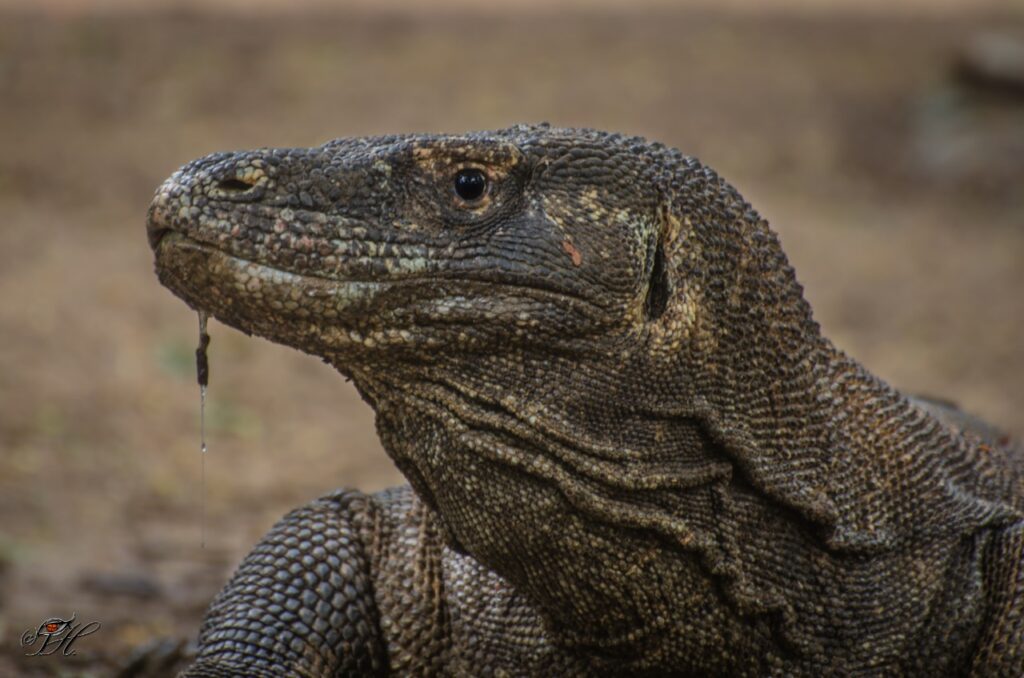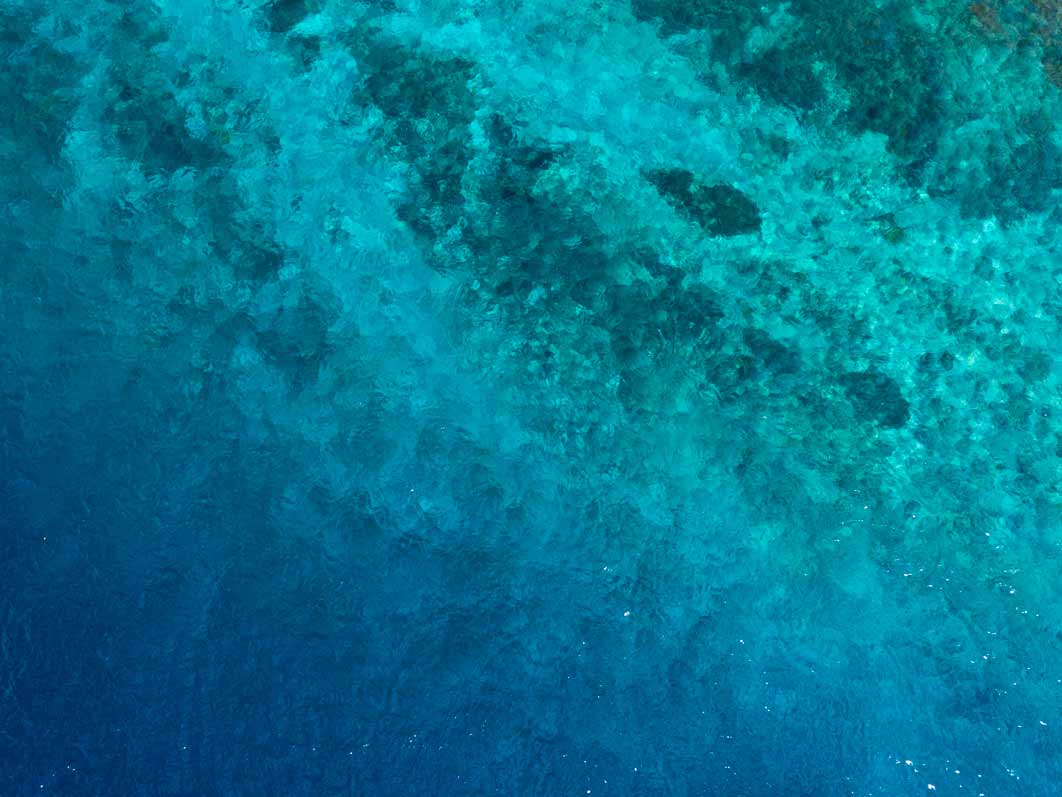A Diving Paradise – Komodo National Park & The Coral Triangle

Komodo National Park sits in The Coral Triangle between the islands of Flores & Sumbawa in the Indonesian archipelago. The National Park is made up of 3 main islands – Komodo Island, Rinca Island and Padar Island as well as a number of smaller islands. This area is on the line of two continental plates and has been recognised by UNESCO as a “global conservation priority area” with unparalleled terrestrial and marine ecosystems.
The National Park covers nearly 2000 km2 with much of that being made up of the marine waters.
History of Komodo National Park
Komodo National Park was established in 1980 by the Indonesian Government as a sanctuary to protect the endangered Komodo Dragons. The Komodo Dragons or Varanus Komodoensis are the world’s largest lizard and are endemic to this area (can not be found anywhere else in the world!).

As part of your trip onboard KLM Eliya our Crew will take you to one of the Ranger Stations to give you the opportunity to spot these incredible beasts in their natural habitat.
In 1991, Komodo National Park was declared a UNESCO World Heritage Site and a Man and Biosphere Reserve. It is considered one of the world’s 25 biodiversity hotspots. A biodiversity hotspot is a region with significant levels of biodiversity that is threatened by human habitation.
Komodo National Park was initially protected because of the Komodo Dragons, but it was not long before people started to appreciate the shear beauty of what was under the surface of the ocean as well!
The Coral Triangle
Komodo National Park sits within the boundaries of The Coral Triangle. This is the world’s richest area for marine life. Often referred to as the ‘Amazon of the Ocean’ the Coral Triangle is home to over 6,000 fish species & 76% of the world’s coral species. 6 of the world’s 7 marine turtles are found here as well as an abundance of other popular marine animals such as mantas, sharks, molas, frogfish, blue ring octopus and much much more!
The Coral Triangle has 15 regionally endemic coral species (species found nowhere else in the world), and shares 41 regional endemic species within Asia.
This region covers a 6 million km2 area encompassing Indonesia, Malaysia, the Philippines, Papua New Guinea, Timor Leste and the Solomon Islands.

The Impact of Water Movement
The Coral Triangle is hit by two nutrient rich currents – the North Equatorial Current and the South Equatorial Current. These feed the coral reefs and the thousands of marine animals that live here, from the tiniest creature to the largest animal.
Komodo National Park is widely considered to have some of the world’s most challenging diving due to the currents that we get here. The strong currents are caused by the Indonesian Throughflow (ITF).
Trade winds and ocean currents run in opposite directions here, so the Pacific Ocean, to north east of Indonesia, is 20 cm above average sea level, while the Indian Ocean, in the southwest, is 10 cm lower than the average sea level. This 30 cm difference results in a massive movement of water from the “higher” Pacific Ocean through the archipelago’s complex underwater topography out into the “lower” Indian Ocean.
All of this runs through the narrow passages between the islands of Bali & Lombok, Lombok & Sumbawa, Sumbawa & Flores.
If we narrow this further to the Komodo National Park we have:
- The Sape Strait to the west of Komodo Island
- The Lintah Strait beween Komodo & Rinca Island (through the centre of the National Park)
- The Molo Strait the very narrow Strait that runs between Rinca & Flores Island (directly next to our Scuba Junkie Komodo Resort

This island top0graphy as well as the dramatic ocean floor of deep trenches and shallow banks result in, not just fantastically fun diving(!!), but a rich and diverse area that results in some of the very best coral coverage and marine life diversity that you will see anywhere in the world!
KLM Eliya offers 6 Day / 5 Night Trips in the Komodo National Park and our Dive Guides onboard have worked in the area for many years. So feel free to ask them lots of questions when you are onboard!

about us
Looking for tips and tricks about diving, marine life or what to do in Indonesia? Follow us on our blog for weekly updates from the team!




